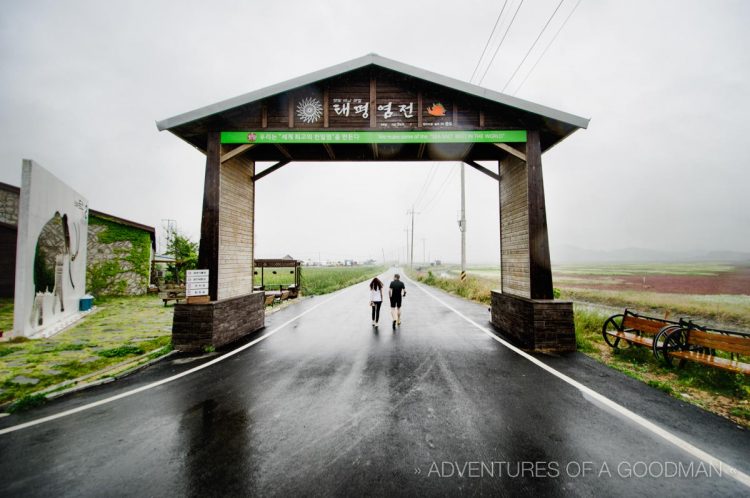From Travel Accidents to Everyday Care: Why Broken Bones Matter More Than We Think
Travel invites adventure, and with it comes the occasional unexpected turn. A slip on a hiking trail, a misstep on uneven cobblestones, or an awkward landing during a new activity can quickly shift the focus from excitement to recovery. Broken bones are a reminder of how fragile even the strongest bodies can be.
These injuries are not limited to faraway journeys. At home or abroad, fractures affect people of all ages and in all walks of life. They interrupt routines, challenge our patience, and require us to slow down in ways we might not expect. Looking at how and why they happen reveals much about resilience, safety, and the environments we trust to care for us.

Broken Bones on the Road
Adventure often means stepping outside of routines and comfort zones. That spirit of exploration makes journeys rewarding, but it also brings risks. A stumble on a mountain path, a fall while cycling through a new city, or slipping while carrying heavy luggage are all common ways travelers experience fractures.
What makes these moments especially challenging is the distance from familiar support systems. Navigating local hospitals, dealing with language barriers, or adjusting plans while recovering can turn a short trip into a lesson in adaptability. Many travelers recall these experiences not just as setbacks but as turning points that revealed resilience they didn’t know they had.
Everyday Risks Closer to Home
Accidents are not confined to adventures. At home, slips in bathrooms, falls on stairs, or tripping over clutter can lead to serious injuries.
For younger adults, fractures may be inconvenient and disruptive, but for older individuals, the impact can be far greater. What might be a short recovery for one person can become a long-term challenge for someone whose body is more fragile. This reality highlights the importance of prevention and support systems in everyday environments.
Vulnerable Populations and Care Settings
Older adults face unique risks because of changes in balance, bone strength, and mobility. Nursing homes and care facilities are expected to provide safe environments that reduce these dangers.
Unfortunately, this responsibility is not always met. Families who have experienced situations involving fractures from nursing home neglect know how devastating these injuries can be.
Beyond the physical harm, they often signal deeper concerns about oversight and accountability in places where vulnerable people should feel protected.
Highlighting these issues underscores the need for vigilance and advocacy. Whether on the road or in care settings, the goal remains the same: ensuring that those we love are safe, supported, and able to recover with dignity.
Healing Journeys: What Fractures Teach Us
Recovery often requires patience, adaptation, and a willingness to accept help. For travelers, it may mean pausing an adventure or leaning on strangers for support. For older adults, it can involve months of therapy and major changes to routines.
While the process is rarely easy, healing from broken bones often builds resilience. People learn to slow down, appreciate small milestones, and value the communities that support them. These lessons carry forward long after the cast is removed or mobility is restored.
Prevention remains key, particularly for older populations. Guidance on falls among older adults highlights how exercise, balance training, and safer environments can reduce the likelihood of fractures. These measures protect health while preserving independence and confidence.
Prevention and Preparedness for Life’s Adventures
While accidents can never be eliminated entirely, preparation goes a long way in reducing risks. For travelers, this might mean wearing proper footwear, carrying basic first-aid supplies, or stretching before physically demanding activities. Awareness of surroundings and pacing oneself during long journeys also make a difference.
In daily life, prevention can be as simple as clearing walkways, adding non-slip mats to bathrooms, and keeping up with health checkups. Strength training and balance exercises are particularly valuable for reducing the chance of falls.
Travel itself can offer powerful lessons about wellness. Reflections on what travel can teach about healthy living show how new experiences shape healthier habits and mindsets. By combining smart practices at home with insights gained on the road, we create the conditions to explore with confidence and care.
Conclusion
Broken bones remind us of life’s unpredictability. They can interrupt grand adventures or arise from the simplest moments at home. Yet within those challenges lie lessons about patience, resilience, and the importance of safe environments.
Travel teaches us to adapt, and recovery from injury teaches us to slow down and appreciate progress in new ways. Whether exploring distant places or navigating daily life, a thoughtful approach to safety helps us continue moving forward with strength and confidence.
In the end, wellness is not about avoiding setbacks but about embracing the journey of healing and discovery that comes with them.
EXPLORE SOMEWHERE NEW
Nothing found.
BUY A PRINT
All photos on this site are available as limited edition fine art photographic prints. Please get in touch for sizes and rates.

